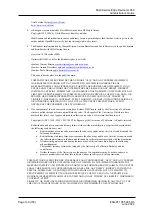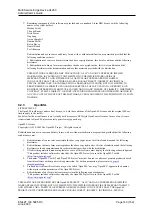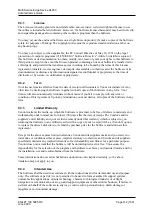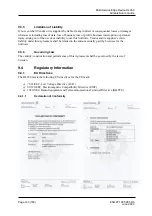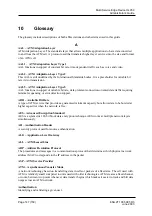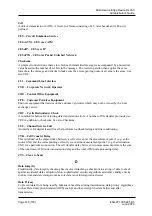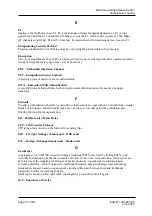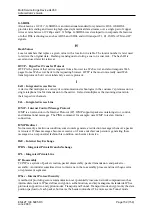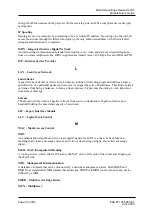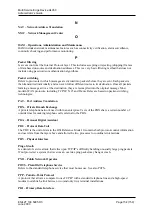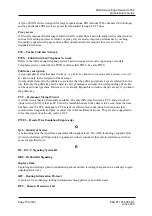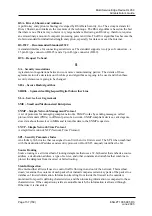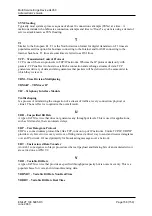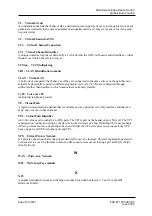
Multi Service Edge Device HL950
Administrator’s Guide
Page 153 (159)
EN/LZT 108 5995 R3
June
2003
encrypts both the header and the payload. On the receiving side, an IPSec-compliant device decrypts
each packet.
IP Spoofing
Gaining access to a computer by pretending to be at a trusted IP address. By setting up a firewall, all
access must come through the firewall and pick up the only authorized address of the firewall after
adequate authentication is completed.
ISDN – Integrated Services Digital Network
An international communications standard for sending voice, video and data over digital telephone
lines or normal telephone wires. ISDN supports data transfer rates of 64 Kbps. See also BRI and PRI.
ISP – Internet Service Provider
L
LAN – Local Area Network
Land attacks
A special type of denial of service attack where an intruder or intruding program identifies a source
and direction of a particular packet and reverses (or swaps) these two IP addresses. This kind of attack
can range from being a nuisance, to being a tragic menace if it prevents the delivery of an important
document or message.
Latency
The amount of time it takes a packet to travel from source to destination. Together, latency and
bandwidth define the speed and capacity of a network.
LIF – Legacy Interface Module
LLC – Logical Link Control
M
MAC – Media Access Control
MD5
An authentication algorithm used to create digital signatures. MD5 is a one-way hash function,
meaning that it takes a message and converts it into a fixed string of digits, also called a message
digest.
MER – MAC-Encapsulated Routing
A routing service, which allows IP routing with NAT on the LAN side of the router and bridging on
the WAN side.
MIB – Management Information Base
A database of objects that can be monitored by a network management system. Both SNMP and
RMON use standardized MIB formats that allows any SNMP or RMON tools to monitor any device
defined by a MIB.
MSED – Multi Service Edge Device
MUX – Multiplexer

